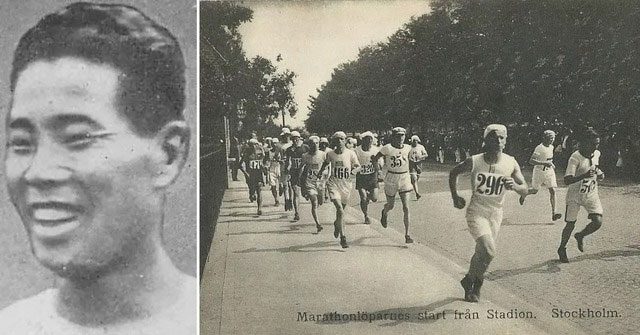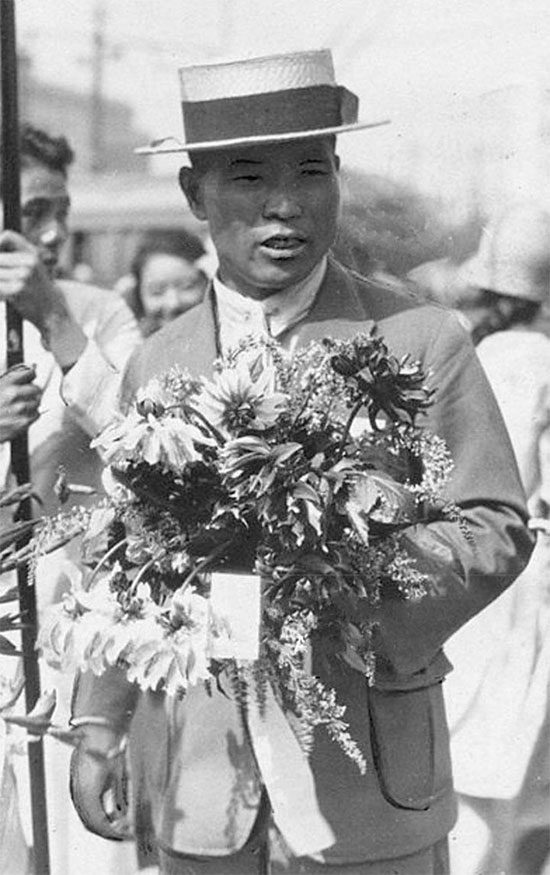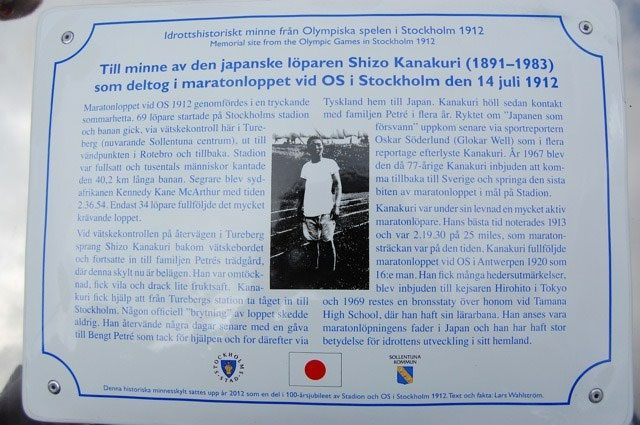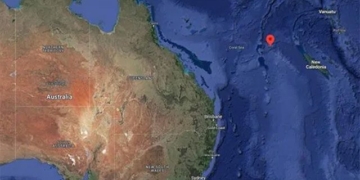If running a marathon is one of the harshest athletic challenges, then Shizo Kanakuri deserves to be called the “Steel Man” of the marathon world. Kanakuri began running in 1912 and astonishingly completed it 54 years, 8 months, 6 days, 5 hours, and 32 minutes later!
Born in a rural town on Kyushu Island in 1891, Shizo was no stranger to long-distance running from a young age, trekking nearly 4 miles to school every day. In fact, he set a world record by completing a marathon in 2 hours, 32 minutes, and 45 seconds at a domestic event. This achievement made him one of the first two Japanese athletes to qualify for the Olympics.

The marathon runner from Tokyo High School. Kanakuri is the runner wearing number 51 on the right.
In November 1911, 20-year-old Kanakuri decided to participate in the 1912 Stockholm Olympics. However, his journey to participate in the Stockholm Olympics was fraught with difficulties – to fund this trip, Kanakuri’s classmates organized a nationwide campaign that raised 1,500 of the 1,800 yen he needed, with the rest covered by his older brother. The journey itself took a grueling 18 days by ship and train across the Trans-Siberian Railway.

Kanakuri decided not to return to the race; instead, he went back to his hotel and then to Japan without notifying the organizers. In the official record of the race, he was considered missing, and his race was marked as incomplete.
Kanakuri himself could not endure 16 miles, so he staggered off the track in a dazed state until he found himself in a local garden where he was given fruit juice to recover. Ashamed of his performance, he returned to Japan without informing anyone, and his name remained on Sweden’s missing persons list for the next 50 years!
While Kanakuri’s Olympic debut ended in disappointment, his marathon journey was just beginning. He continued to compete in the 1920 Olympics, finishing in 16th place and established the famous Hakone Ekiden marathon relay in Japan, which has been held annually since 1920.

Fifty years later, Kanakuri’s life and career continued, but the story of his unfinished marathon in Stockholm was often forgotten. However, his contributions to the development of athletics in Japan are undeniable, and the “ghost” of the 1912 marathon haunted him. Everything began to change in 1967 when a Swedish television station stumbled upon Kanakuri’s strange story and decided to invite him back to Stockholm to “complete” his marathon. In 1967, at the age of 76, Shizo Kanakuri accepted the invitation and stepped onto the track once more to finish the race he had abandoned in 1912.
The most astonishing part was that in 1967, at the age of 76, Kanakuri had the chance to “complete” his marathon in Stockholm when Swedish television brought him back to finish the remaining distance after a Swedish reporter discovered he was teaching geography in southern Japan. Upon arriving in Sweden, he eagerly “jumped off the plane” and “ran around the runway” to warm up and “show his vigorous spirit,” according to AP.
On March 20, 1967, Mr. Kanakuri completed the marathon distance, with an official time of 54 years, 8 months, 6 days, 5 hours, 32 minutes, and 20.3 seconds – a marathon record for the “longest” completion that no one can break! He said, “It was a long journey. Along the way, I got married, had six children, and 10 grandchildren.” Kanakuri passed away on November 13, 1983, in his hometown of Tamana, Kumamoto Prefecture, at the age of 92.

The story of Shizo Kanakuri proves that it is never too late to complete a journey. He is remembered not only as an athlete with a steel spirit but also as a symbol of unquenchable desire and ambition. Kanakuri’s life and the historical journey he underwent serve as an endless source of inspiration for many generations, demonstrating that goals and dreams can be achieved despite challenges and time.


















































